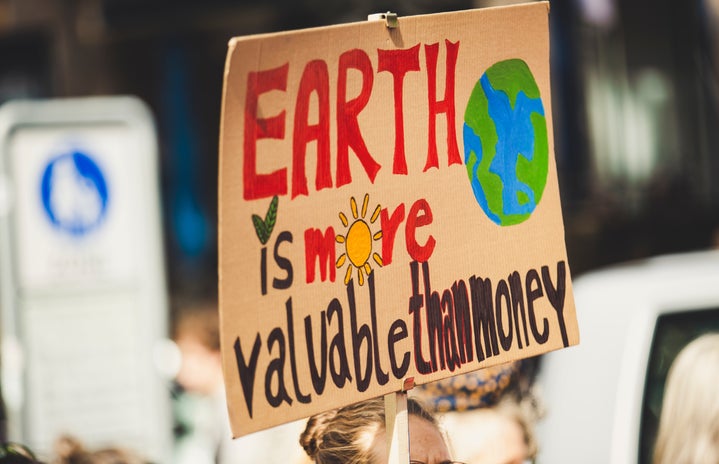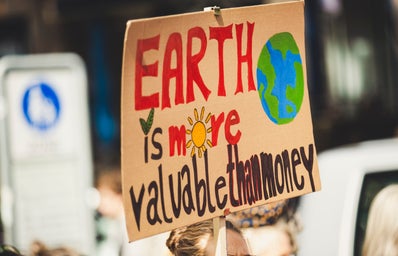As we all know, our planet is experiencing terrible weather conditions, which are making the world less and less habitable, and we are aware that the main culprits are ourselves, and human beings. But what are we doing to preserve what little we have? In this article, we’ll show you the main ways of preserving what’s left of planet Earth.
Biofuels
Surely you’ve heard of biofuels since Brazil is one of the countries that produces the most of this sustainable form of energy generation, but did you know that they are the main means of trying to inhibit climate crises?
Biofuels are derived from renewable biomass, so their raw material can be peanuts, sugar cane, corn, animal fat, and many other organic products.
Paula Fernanda, who has a degree in Biotechnology from the Pontifical Catholic University of Paraná (PUC-PR), said: “Imagine you ate an orange, the peel of that orange that you’re going to throw in the garbage can be used to produce fuel. This can be done with basically any biomass, and allows for much greater use of waste from industrial processes.”
Therefore, the combustion used with biofuels generates much less atmospheric pollution compared to fossil fuels, for example. The most widely used forms in the world are biodiesel and ethanol, sources that contribute to a more sustainable future.
Photovoltaic energy
Known as solar energy, it is obtained through photovoltaic panels that convert the sun’s light and heat into electricity, making this renewable source one of the best options we currently have for controlling the climate crisis we are experiencing.
Several countries in the world have already adopted this energy technique as the most promising, such as China, which has the largest photovoltaic energy park in the world, the Tengger Desert Solar Park.
Sustainable agriculture
Sustainable agriculture is nothing more than biotechnology studies to prevent soil contamination caused by pesticides and agrotoxins, which are extremely harmful to the environment and our health.
These studies are proving effective with the development of genetically modified seeds, which are resistant to pests, reducing the need to use toxic compounds on crops. In addition, transgenic foods can also help with the higher incidence of food productivity, given the large future population growth.
Microorganisms that biodegrade materials
A lot of our waste can’t be recycled or reused, so most of it is discarded in nature and we wait for it to be completely degraded at some point. This process takes thousands of years and is extremely toxic to the environment.
With this in mind, research has identified microorganisms capable of degrading materials. “Sometimes a bacterium or fungus produces a substance that, when it comes into contact with the material, alters the chemical structure of the waste, allowing it to be degraded by traditional means or reducing its toxicity in the environment,” says biotechnologist Paula Fernanda.
The bioprospecting of microorganisms that play this biodegrading role is very important to reduce the exorbitant amount of waste we have in the world, helping to retain contaminants in the soil and oceans since much of our waste ends up there.
Although the world is in the midst of a climate crisis, it’s always good to remember that there are appropriate ways to help the environment and try to inhibit the consequences of what it’s causing, and that’s exactly why I’m bringing this article to you.
————
The article above was edited by Duda Kabzas.
Liked this type of content? Check Her Campus Cásper Líbero home page for more!


